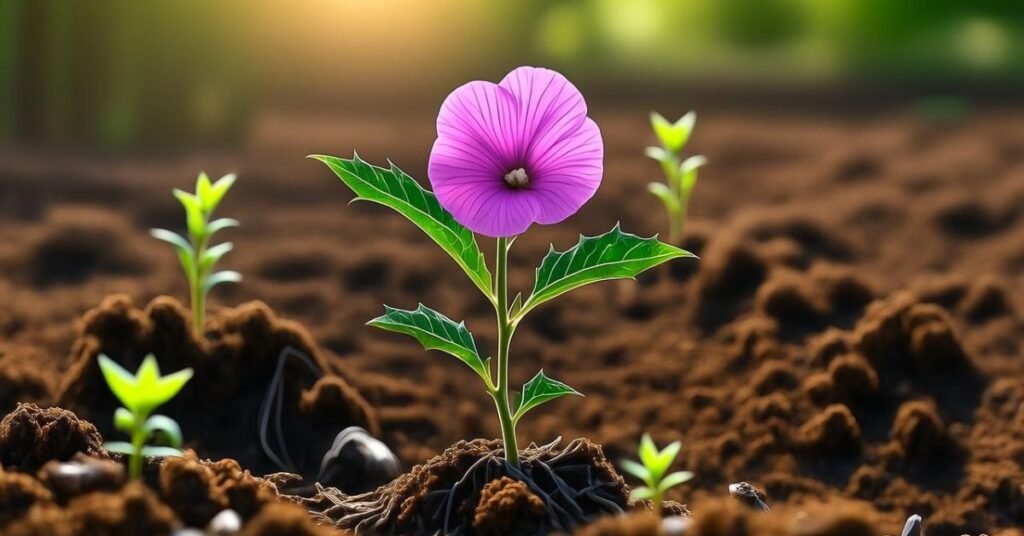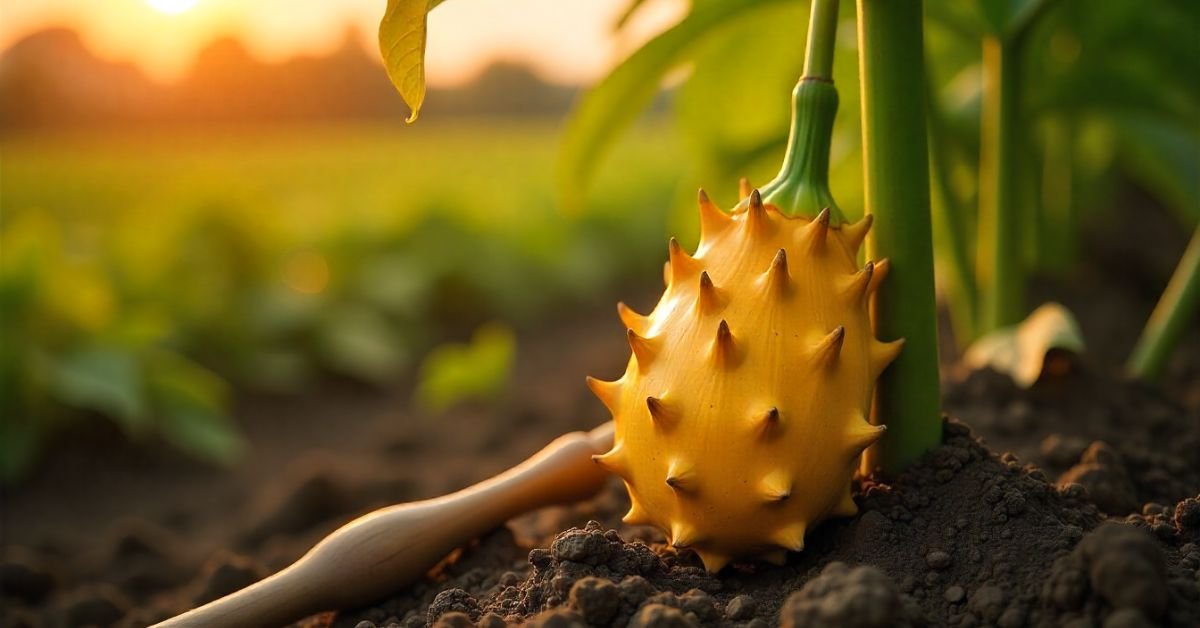Introduction
The yellow dragon fruit plant is a tropical cactus. It grows bright yellow fruit with sweet white flesh. This plant is known for its climbing stems and striking flowers. It is easy to grow in warm climates. Many gardeners love it for its beauty and taste.
You can grow your own yellow dragon fruit plant at home. Propagating it is simple and exciting. Watching a tiny cutting grow into a fruiting plant feels rewarding. With a little care and patience, anyone can do it. This process can turn your garden into a tropical space.
This plant can be propagated from cuttings or seeds. Cuttings grow faster and fruit sooner. Seeds take more time but are fun to start. Good soil, sunlight, and support help the plant grow strong. In a few months, you may see new growth ready for your garden.
Geography/History
Yellow dragon fruit is native to the northern parts of South America, especially Colombia, Ecuador, and Peru. It grows naturally in tropical and subtropical climates where the soil is well draining and the weather is warm. Today it is also cultivated in Central America, Asia, and some parts of the United States.
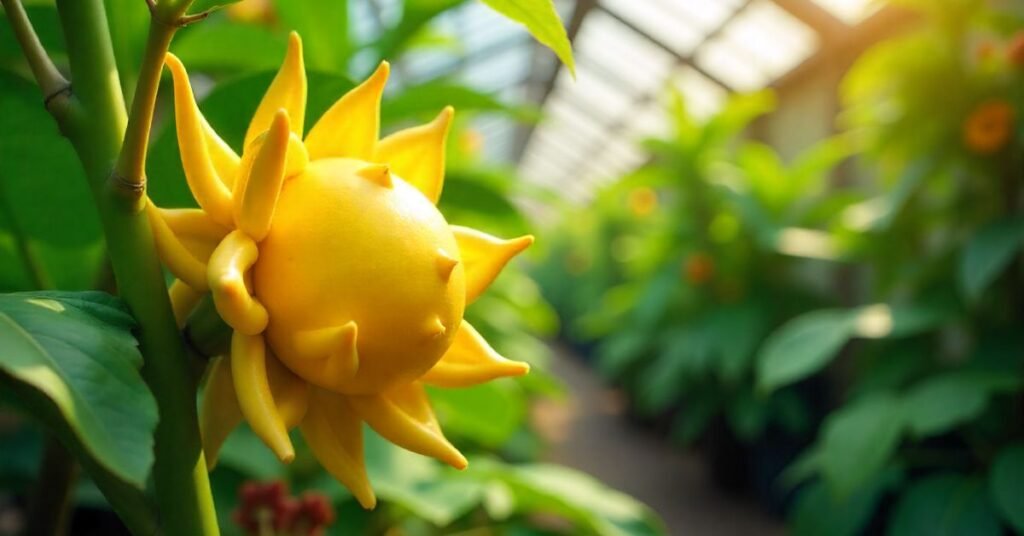
Over time, this plant spread through trade and travel. Farmers introduced it to new regions because of its unique taste and high market value. Now it has become a global fruit, grown by both small farmers and large commercial orchards. Its adaptability and attractive fruit have made it popular far beyond its original home.
Current Facts
- Yellow dragon fruit belongs to the cactus family.
- It is known scientifically as Selenicereus megalanthus.
- It is smaller but sweeter than other dragon fruit varieties.
- The plant climbs and needs support to grow well.
- It flowers at night, producing large fragrant blooms.
Nutritional Value
Yellow dragon fruit is rich in vitamin C, antioxidants, and fiber. It also provides small amounts of calcium and iron. Its seeds contain healthy fats that support digestion. Eating it helps hydrate the body and boost immunity.
Description/Taste
The yellow dragon fruit plant produces bright yellow fruits with spiky skin. Inside is juicy white flesh dotted with tiny black seeds. The taste is sweet, mild, and slightly floral. It is less acidic than the red or pink varieties, making it pleasant to eat fresh.
Seasons/Availability
| Season | What Happens With the Plant | Availability of Fruit |
| Spring | The plant produces new shoots and grows fast in warm weather. | No fruit yet, but flower buds may start forming. |
| Summer | Main flowering and fruiting period in tropical climates. | High availability of fresh fruits. |
| Autumn | Harvest continues in warm regions; plants slow down as temperatures drop. | Moderate fruit availability. |
| Winter | The plant rests in cooler climates; growth is minimal. | Little to no fruit unless grown in greenhouses. |
Light
The yellow dragon fruit plant loves sunlight. It needs at least six hours of direct sun every day. Bright light helps the plant grow strong stems and healthy fruit. If grown indoors, place it near a sunny window or under a grow light.
Soil
This plant prefers well-draining soil. Sandy or loamy soil works best. It does not like to sit in water, as roots can rot. Adding compost or organic matter helps improve soil quality.
Water
Water the plant deeply but let the soil dry slightly between waterings. Too much water can harm the roots. In hot months, water more often. In cooler months, reduce watering to avoid soggy soil.
Temperature and Humidity
The plant grows best in warm climates. Ideal temperatures are between 18°C and 30°C (65°F to 86°F). It can handle some humidity but needs good airflow. Frost or very cold weather can damage it, so protect it in winter.
Fertilizer
Feed the plant with a balanced fertilizer every month during the growing season. Organic compost or cactus fertilizer works well. Fertilizing helps it grow faster and produce more flowers and fruit.
Pollination
The flowers of the yellow dragon fruit plant bloom at night. In some areas, natural pollinators like moths or bats help. If pollinators are not present, hand pollination using a small brush improves the fruit set.
Propagating Dragon Fruit Plant
You can propagate dragon fruit plants using seeds or cuttings. Seeds are easy to start but take longer to produce fruit. Cuttings grow faster and usually fruit within one to two years. Choose healthy stems from a mature plant for best results.
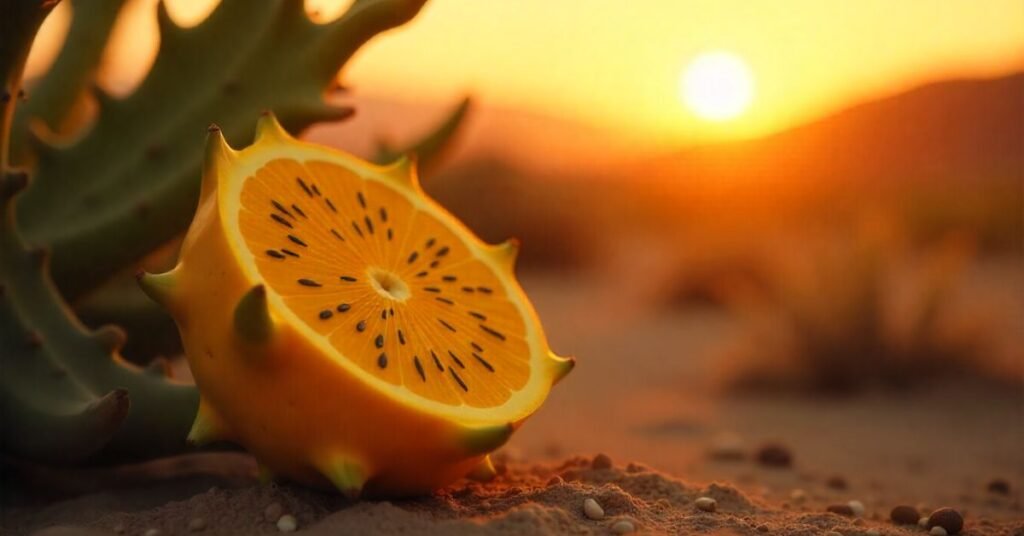
To propagate with cuttings, let the cut piece dry for a day or two. Plant it in well draining soil and water lightly. Keep it in a warm, sunny spot. Roots will develop within a few weeks, and new growth will appear soon after.
Types of Dragon Fruit Plant
| Type | Skin Color | Flesh Color | Taste/Notes |
| White-Fleshed (Hylocereus undatus) | Pink or red skin | White flesh | Mildly sweet, most common type |
| Red-Fleshed (Hylocereus costaricensis) | Red skin | Red or purple flesh | Sweeter, rich color and flavor |
| Yellow Dragon Fruit (Selenicereus megalanthus) | Bright yellow skin | White flesh | Very sweet, smaller fruit with spines |
Pruning
Pruning helps the dragon fruit plant stay healthy and strong. Remove weak, damaged, or overcrowded stems. This gives more air and light to the plant. Pruning also helps it focus energy on flowering and fruiting.
Harvesting Dragon Fruit
Harvest the fruit when its skin changes color and becomes bright. For yellow dragon fruit, wait until the skin turns a full yellow shade. Use a sharp knife or scissors to cut it off carefully. Handle gently to avoid bruising the delicate skin.
Potting and Repotting
A mature dragon fruit plant needs a large container. Use a pot of 25–30 gallons with a depth of 20 to 24 inches. Because it grows quickly, you may need to report it often.
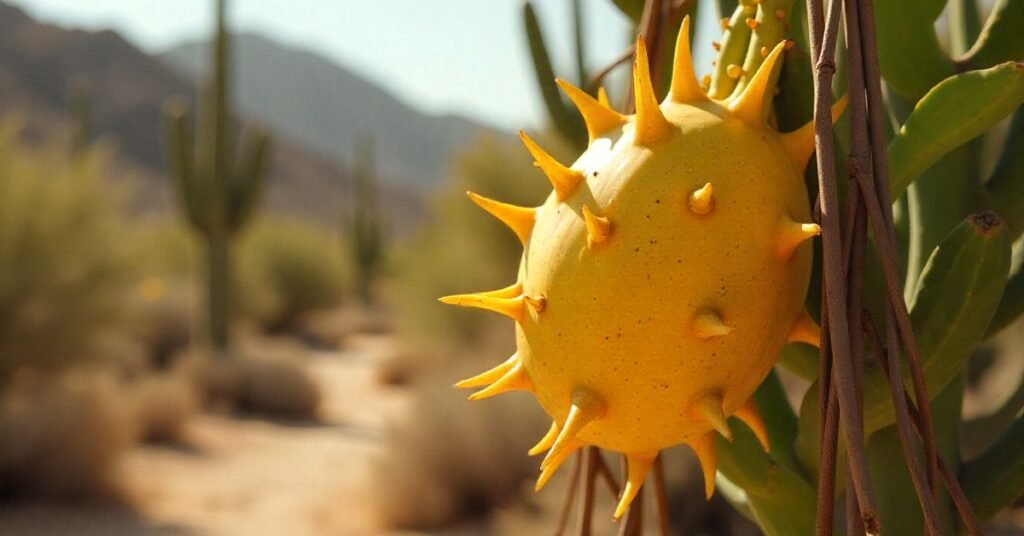
Move it to a bigger pot with fresh soil whenever it becomes root bound. Handle the plant carefully, as its roots are small and hairy. Repotting too roughly can damage them.
Transplanting Dragon Fruit
Dragon fruit plants have sharp spines. Always wear thick gloves when handling them. If you transplant the plant, wrap the fruit in paper to protect both yourself and the plant. Be gentle with the root ball and keep it intact during the move. This helps the plant recover faster.
Overwintering
Overwintering is needed in areas colder than USDA zone 10. Grow the plant in a container so you can bring it indoors. Move it inside when daytime temperatures drop below 65 °F or frost is expected. In spring, wait until all frost danger is past and daytime temperatures stay above 70 °F before moving it outside again. In fall and winter, water less because the plant goes dormant.
Problems & Solution
| Problem | What Happens | What to Do |
| Wild Animals (rats, raccoons, birds) | They eat the fruit or damage the plant. | Use netting, fencing, or covers to protect plants and fruit. |
| Ants, Mealybugs, Mites, Thrips | Small insects feed on stems and fruit, weakening the plant. | Wash off with water, use insecticidal soap, or apply safe pest control. |
| Stem Rot / Canker | Stems get soft, rotten, or develop brown, yellow, or white spots. | Cut away infected parts and use a fungicide. Improve airflow and drainage. |
Conclusion
The yellow dragon fruit plant is a unique and rewarding cactus to grow. With the right care, it can thrive and produce sweet, vibrant fruit. Protect it from pests, diseases, and harsh weather to keep it healthy. By following proper planting, pruning, and harvesting practices, you can enjoy a steady supply of dragon fruit from your own garden.
FAQs
1. How long does it take for a yellow dragon fruit plant to produce fruit?
It usually takes 1 to 2 years from cuttings and up to 3 years from seeds.
2. What type of soil is best for yellow dragon fruit plants?
Well-draining sandy or loamy soil enriched with compost works best.
3. How often should I water a yellow dragon fruit plant?
Water deeply but let the soil dry slightly between water.
4. Do yellow dragon fruit plants need pollination?
Yes, they bloom at night and may need hand pollination if natural pollinators are absent.
5. Can I grow a yellow dragon fruit plant in a pot?
Yes, use a large pot with good drainage and repot as it grows.

